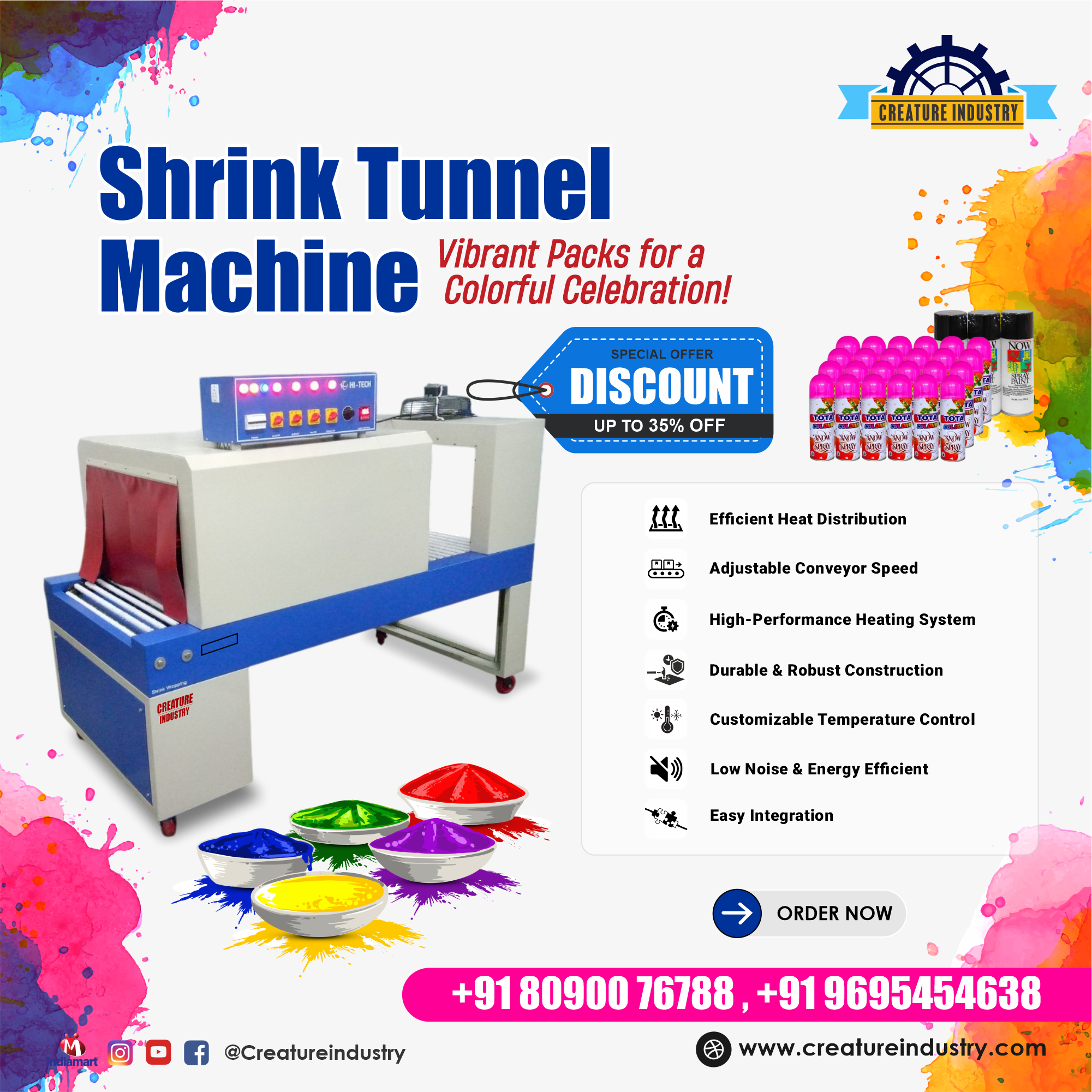Liquid Filling Machine – A Comprehensive Guide

Strong 8k brings an ultra-HD IPTV experience to your living room and your pocket.
Introduction to Liquid Filling Machines
In the modern manufacturing industry, liquid filling machines play a crucial role in ensuring accurate, efficient, and high-speed filling of various liquid products. These machines are widely used across industries such as food & beverage, pharmaceuticals, cosmetics, and chemicals. The right liquid filling equipment not only improves productivity but also maintains hygiene and precision in the packaging process.
Types of Liquid Filling Machines
1. Gravity Filling Machines
These machines operate based on the principle of gravity. The liquid flows freely from a storage tank into the containers. Best suited for free-flowing liquids, gravity fillers are commonly used for filling water, juices, and light oils.
2. Piston Filling Machines
Piston fillers use a piston to pull and push a specific volume of liquid into containers. They provide high accuracy and are suitable for viscous liquids such as honey, syrups, sauces, and lotions.
3. Overflow Filling Machines
This type of filling machine is ideal for filling transparent containers to the same level, ensuring a consistent visual presentation. Used for water, shampoo, and thin liquids, overflow fillers prevent overfilling and create a uniform appearance.
4. Pump Filling Machines
These machines use pumps to transfer liquids into containers, making them perfect for handling high-viscosity or thick liquids like creams, gels, and pastes. They offer adjustable flow rates for increased versatility.
5. Vacuum Filling Machines
Vacuum fillers remove excess air and allow precise filling by vacuum suction. They are commonly used for perfumes, essential oils, and specialty chemicals, where product consistency is essential.
6. Peristaltic Filling Machines
These machines use a flexible tube and roller mechanism to control liquid flow, making them ideal for pharmaceuticals and biotechnology applications where sterility and accuracy are critical.
Key Features to Consider When Choosing a Liquid Filling Machine
1. Type of Liquid
The viscosity, foaminess, and chemical composition of the liquid determine the appropriate machine type. Thin liquids require gravity fillers, while viscous liquids need piston or pump fillers.
2. Container Type and Size
Different machines accommodate various container materials, shapes, and sizes. Ensure that the machine you choose can handle plastic, glass, or metal bottles efficiently.
3. Production Speed
High-speed production lines require automated or semi-automated filling machines to maximize output. Small-scale operations may benefit from manual fillers.
4. Filling Accuracy
Precision is crucial to maintaining product quality and compliance with industry regulations. Machines equipped with digital control systems and sensors ensure accurate fills and minimal wastage.
5. Hygiene and Cleanability
Industries such as pharmaceuticals and food processing demand machines that comply with hygiene standards like GMP (Good Manufacturing Practices). Stainless steel construction and CIP (Clean-In-Place) systems enhance cleanliness.
6. Automation Level
From manual, semi-automatic, to fully automatic systems, selecting the right automation level depends on production volume and labor availability.
Advantages of Using Liquid Filling Machines
Enhanced Production Efficiency: Reduces labor costs and increases filling speed.
Consistency and Accuracy: Ensures uniform product distribution and reduces wastage.
Versatility: Can handle a wide range of liquid products.
Improved Hygiene: Eliminates contamination risks with sanitary filling mechanisms.
Cost-Effective: Reduces manual intervention, leading to long-term savings.
Applications of Liquid Filling Machines in Various Industries
1. Food & Beverage Industry
Liquid fillers are extensively used for filling juices, soft drinks, milk, sauces, and edible oils in different container sizes.
2. Pharmaceutical Industry
Medicines, syrups, and chemical solutions require precise filling to meet strict regulatory standards. Peristaltic and piston fillers ensure accurate dosing.
3. Cosmetics & Personal Care Industry
These machines efficiently fill shampoos, lotions, creams, perfumes, and essential oils while maintaining product integrity.
4. Chemical & Agrochemical Industry
Handling detergents, pesticides, lubricants, and industrial solvents requires robust and corrosion-resistant filling machines.
Maintenance and Troubleshooting of Liquid Filling Machines
1. Regular Cleaning and Sanitization
To maintain hygiene and prevent contamination, liquid filling machines should be cleaned regularly using CIP systems or manual washing methods.
2. Routine Inspection of Components
Check for wear and tear on pistons, pumps, seals, and nozzles to ensure smooth operation and prevent downtime.
3. Calibration and Adjustment
Regular calibration ensures consistent filling accuracy. Adjust flow rates and pressure settings as per the product requirements.
4. Troubleshooting Common Issues
Uneven Filling: Check for nozzle clogs and adjust pressure settings.
Leakage Issues: Inspect seals and tighten connections.
Foaming Problems: Use anti-foam nozzles or adjust filling speed.
Machine Downtime: Regular lubrication and timely part replacement minimize breakdowns.
How to Choose the Best Liquid Filling Machine Supplier
1. Reputation and Experience
Look for manufacturers with a strong reputation and experience in liquid filling technology.
2. After-Sales Support
Reliable suppliers provide installation, training, and maintenance services to ensure seamless operation.
3. Customization Options
Different industries require unique solutions. Choose suppliers who offer tailored machine configurations to match your production needs.
4. Compliance with Industry Standards
Ensure that the machine meets international standards such as ISO, GMP, and FDA regulations for safety and efficiency.
Conclusion
Investing in the right liquid filling machine enhances production efficiency, accuracy, and hygiene while minimizing waste and labor costs. By understanding different machine types, applications, and maintenance needs, businesses can optimize their packaging process and meet industry standards.
Note: IndiBlogHub features both user-submitted and editorial content. We do not verify third-party contributions. Read our Disclaimer and Privacy Policyfor details.



